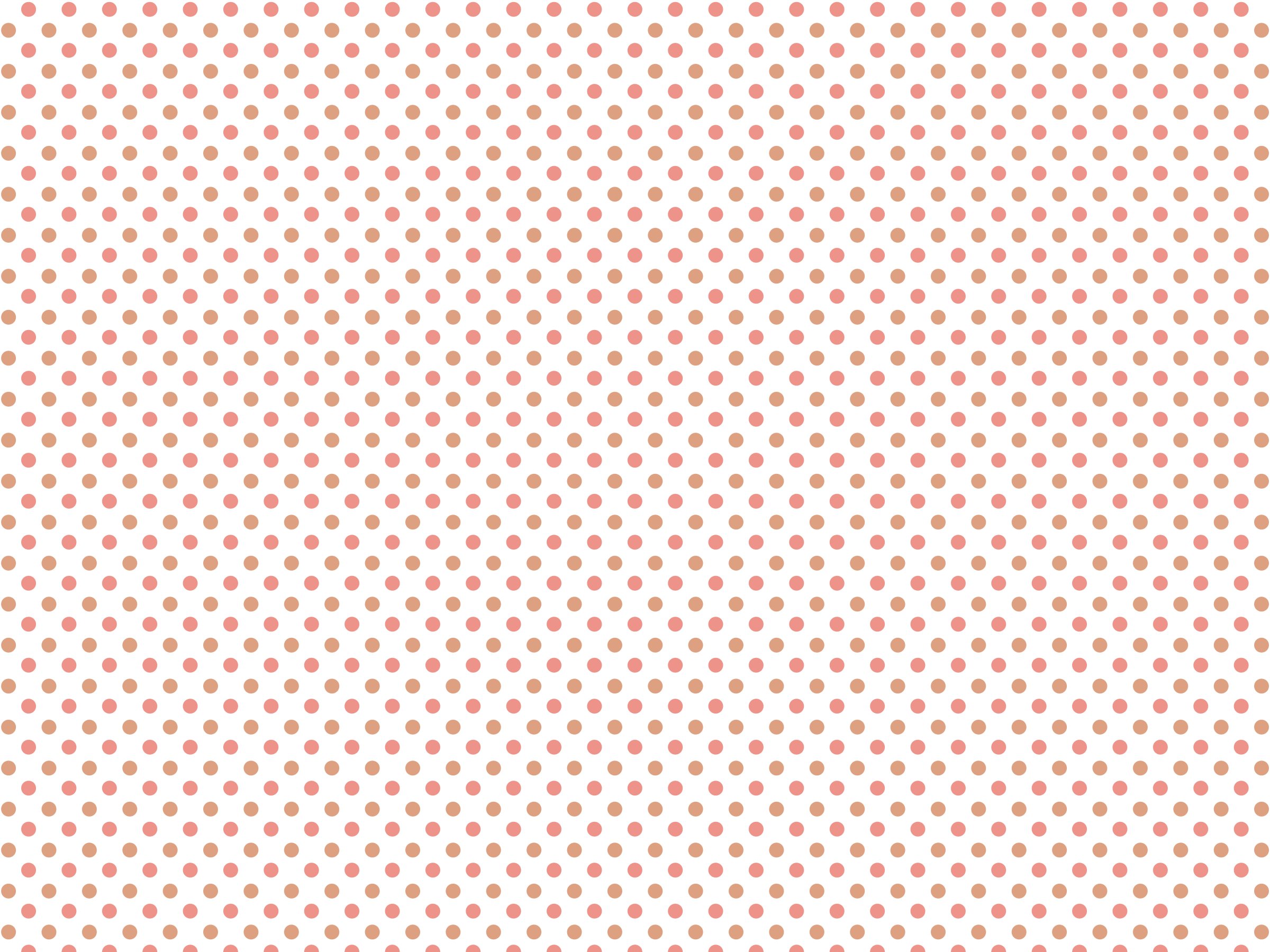
Whether you’re 16 or 36, nothing sinks your self-confidence quite like a pimple. For adults, a conspicuous zit can be especially embarrassing. Breakouts—like braces and beer bongs—are something most grown-ups feel they should have outgrown.
But the reality is that most adults experience the occasional breakout. And the causes of adult acne are usually the same as the causes of teen acne: hormones and genetic predisposition.
“Hormones play the biggest role in starting the acne cascade,” says Dr. Diane Berson, an associate professor of dermatology at Cornell University’s Weill Medical College. Berson has coauthored research papers on the hormonal triggers of adult acne. While a pore-clogging cosmetic or plain old grime can lead to a zit, Berson says larger breakouts are usually the result of hormones—particularly androgens, a category of male sex hormone—interacting with overly sensitive oil-producing skin glands, called sebaceous glands.
“We don’t know why these sebaceous glands are more sensitive in some people than in others, but for some these glands produce more oil in response to increased androgen activity,” she explains.
Men tend to have more severe breakouts than women, Berson says. But women are, on the whole, more prone to chronic, persistent adult acne. “Women tend to experience more hormonal fluctuations throughout their lifetime,” she explains; premenstruation, pregnancy, perimenopause, menopause and going on or off birth control are all times of hormonal flux. For women who have sensitive sebaceous glands, these fluctuations can trigger acne episodes, especially in the lower half of the face and along the jawline, where sebaceous glands tend to be more numerous. Stress can also trigger a surge in androgen activity and a resulting blemish bonanza.
But for some women who experience breakouts, touchy oil glands and natural hormonal shifts aren’t to blame. A hormonal disorder called polycystic ovary syndrome, or PCOS, may affect up to 15% of women, says Dr. Andrea Dunaif, a professor of endocrinology at Northwestern University. “In PCOS, the ovaries are making an excess of male sex hormones,” Dunaif explains. These excess hormones can stimulate oil production, which leads to breakouts, she says.
How can you tell the difference between normal breakouts and something like PCOS? Dunaif says the uptick in male sex hormones associated with PCOS often leads to infrequent menstrual periods, usually eight or fewer periods per year. All-the-time acne—not minor breakouts that happen once or twice a month—is another indicator of PCOS, she says.
Excess body hair, especially on the lower back or inner thighs, is also “a chief complaint” among people with PCOS, says Dr. Richard Legro, an OBGYN and endocrinologist at Penn State University’s Hershey Medical Center. Legro coauthored the Endocrine Society’s clinical guidelines on the treatment of PCOS. Acne aside, he says the hormone excesses linked to PCOS are also associated with a greater risk for metabolic disorders like obesity and diabetes.
For women with PCOS, first-line acne treatments like topical steroids and antibiotics aren’t likely to do much good, Dunaif says. While there are no FDA-approved drugs for PCOS, she says the birth control pill and a BP drug called spironolactone can help regulate the body’s levels of circulating male sex hormones, and so may help control breakouts. “But we only want to pull out these bigger guns if the acne hasn’t responded to the standard therapies,” she adds.
Dunaif’s advice: If you have regular menstrual periods and suffer occasional breakouts, see a dermatologist. “They can help you find the right treatment options, and most are good about bringing in an endocrinologist when indicated.”
Also, talk with your gynecologist or primary care doc, Legro says. If PCOS or another hormone disorder is triggering your acne, those conditions could raise your risk for metabolic disorders, heart trouble or other more serious health issues.
More Must-Reads from TIME
- Why Trump’s Message Worked on Latino Men
- What Trump’s Win Could Mean for Housing
- The 100 Must-Read Books of 2024
- Sleep Doctors Share the 1 Tip That’s Changed Their Lives
- Column: Let’s Bring Back Romance
- What It’s Like to Have Long COVID As a Kid
- FX’s Say Nothing Is the Must-Watch Political Thriller of 2024
- Merle Bombardieri Is Helping People Make the Baby Decision
Contact us at letters@time.com